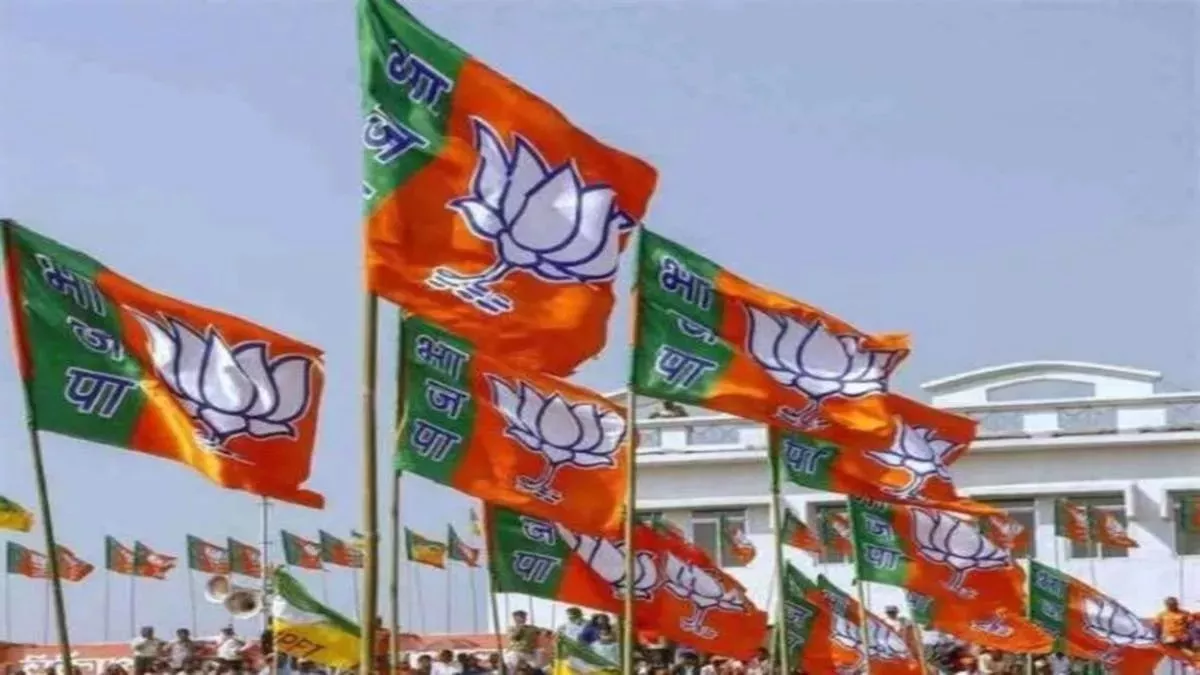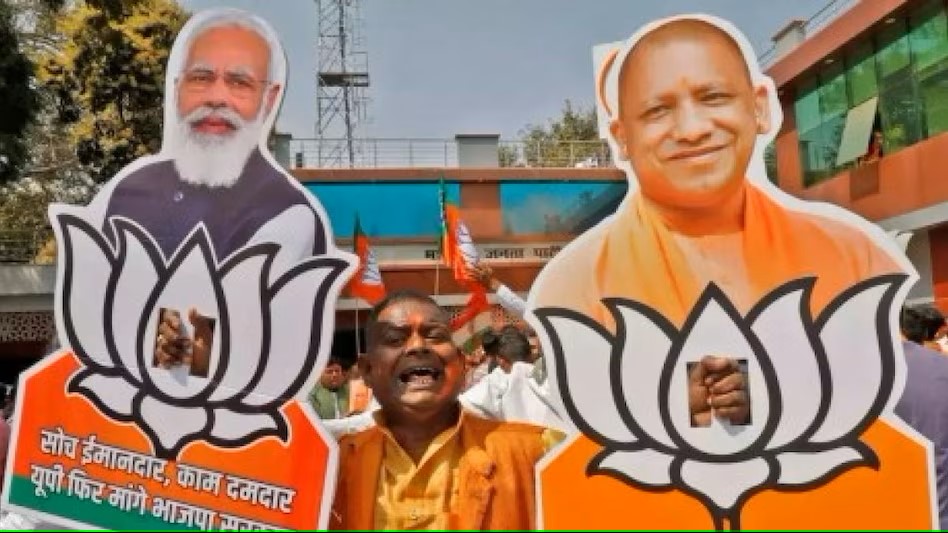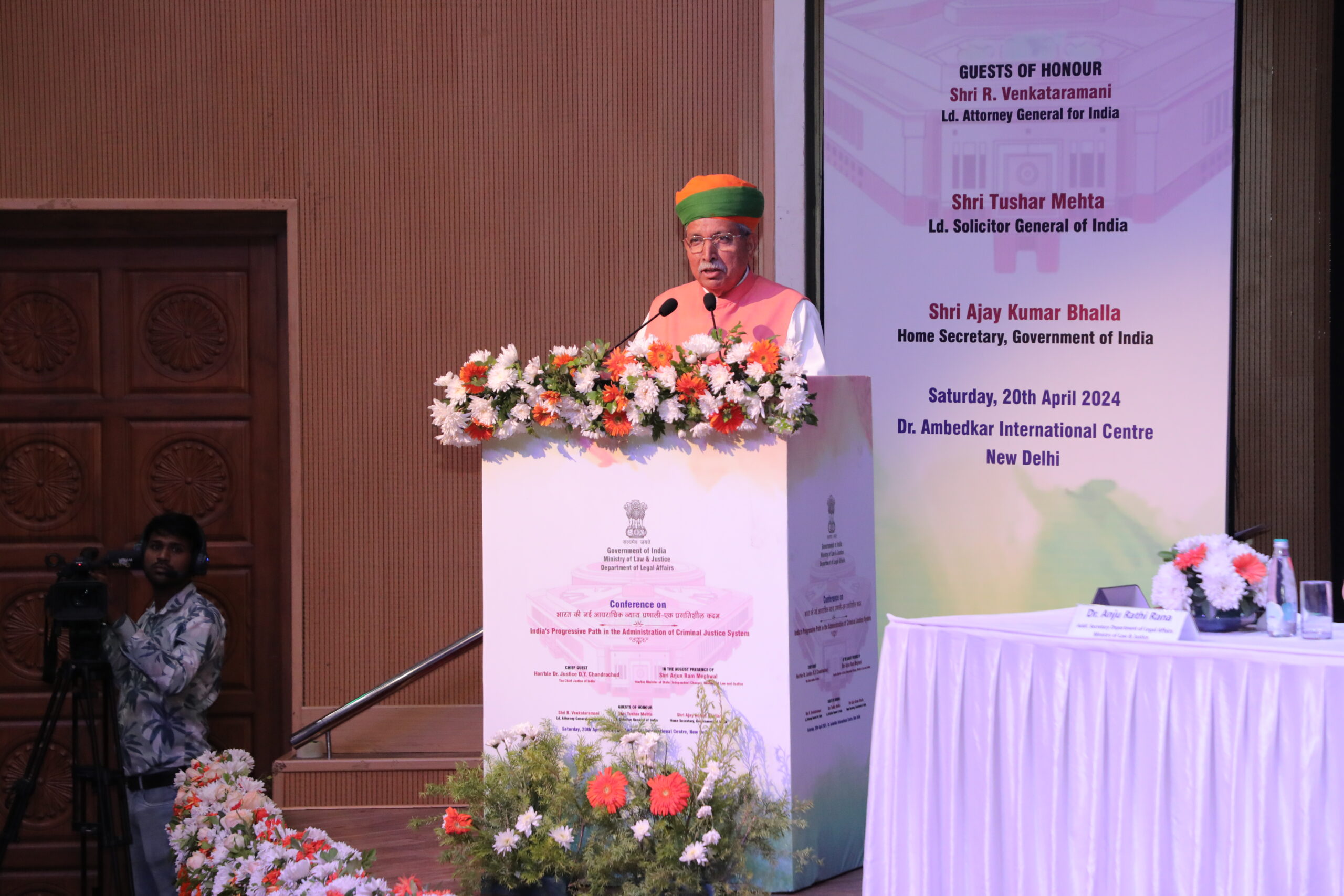With the 2024 Lok Sabha elections looming large, Bihar emerges as a critical battleground where every move holds national significance. Recognizing this, the Bharatiya Janata Party (BJP) has launched a strategic campaign named Gaon Chalo Abhiyan (Walk to the Village Campaign) to solidify its position and woo voters. This ambitious initiative, spanning multiple dimensions, is worth dissecting to understand its potential impact and the challenges it faces.
 The campaign’s scale is undeniable. From February 9th to 11th, a staggering 50,000 party workers plan to descend upon 45,000 villages and 268 Nagar Panchayats, essentially blanketing the state with BJP presence. This outreach, however, goes beyond mere visibility. The messaging employed is carefully crafted to resonate with various segments of the electorate:
The campaign’s scale is undeniable. From February 9th to 11th, a staggering 50,000 party workers plan to descend upon 45,000 villages and 268 Nagar Panchayats, essentially blanketing the state with BJP presence. This outreach, however, goes beyond mere visibility. The messaging employed is carefully crafted to resonate with various segments of the electorate:
- Harnessing National Popularity: By highlighting Prime Minister Narendra Modi’s flagship welfare schemes and national achievements, the campaign subtly reminds voters of the BJP’s track record at the center. This leverages Modi’s popularity and projects a sense of stability and continuity.
- Invoking Local Sentiments: The campaign strategically invokes two potent local narratives: the construction of the Ram Mandir and the awarding of Bharat Ratna to former CM Karpoori Thakur. This resonates with the cultural identity and religious sensibilities of a significant portion of the electorate, particularly in rural areas.
- Direct Engagement at the Grassroots: Staying in polling booths for 24 hours is not just a symbolic gesture. It allows for genuine dialogue with voters, enabling party workers to address concerns, gauge local sentiment, and tailor their messaging accordingly. This direct engagement can foster a sense of connection and trust, crucial for influencing voting decisions.
This multi-pronged approach holds promise for the BJP. Increased visibility, direct voter interaction, and addressing local concerns could strengthen the party’s connection with the electorate. Additionally, countering opposition narratives and consolidating the existing support base are crucial objectives. However, translating national narratives into relatable local solutions will be key. Overcoming internal conflicts within the party and ensuring genuine dialogue beyond superficial campaigning are equally important.
The success of the “Gaon Chalo Abhiyan” will be closely watched, not just in Bihar but across India. It serves as a test case for the BJP’s ability to connect with voters at the grassroots level and tailor its campaign strategies to diverse regional contexts. This adaptability will be crucial not just for the upcoming elections but also for the party’s long-term political aspirations. Additionally, the campaign’s outcome could offer valuable insights into the effectiveness of micro-targeting strategies and hyper-local messaging in a diverse and dynamic democracy like India.
However, the road ahead for the Gaon Chalo Abhiyan is not without challenges. The opposition is likely to counter the campaign’s narrative, highlighting potential shortcomings and raising questions about the BJP’s ability to address local issues effectively. Additionally, ensuring genuine dialogue with voters and avoiding superficial campaigning will be crucial to avoid accusations of tokenism. Moreover, internal conflicts within the party and competition between different factions could hinder the campaign’s effectiveness.
Ultimately, the success of the Gaon Chalo Abhiyan will hinge on the BJP’s ability to navigate these challenges. Translating national narratives into tangible local benefits, engaging in genuine dialogue with voters, and addressing specific local concerns effectively will be critical in winning over the hearts and minds of the electorate. The campaign’s outcome will hold wider implications for the political landscape of India, offering valuable insights into the strategies and challenges faced by major political parties in the lead-up to the crucial 2024 elections.




